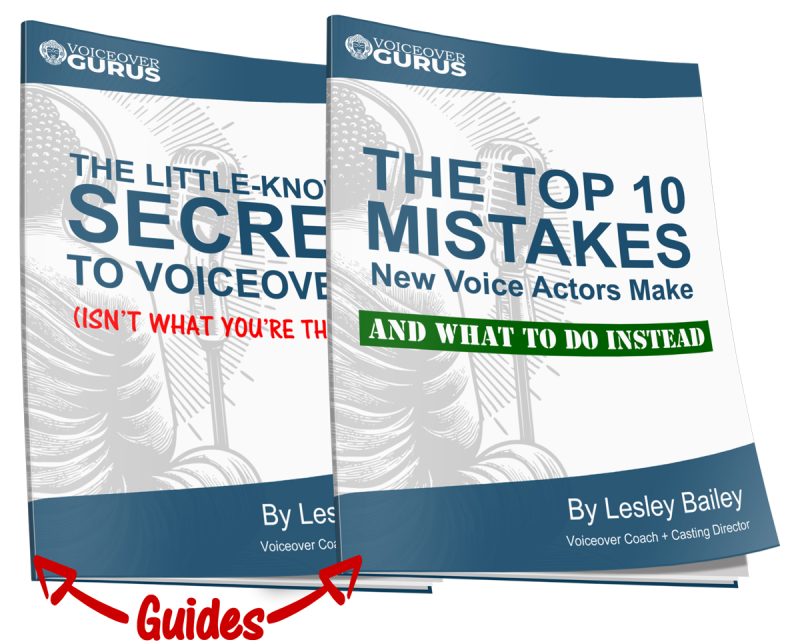In the next coming months I’ll be teaching you voiceover technique from the acting side. What I mean by side is that there are two major “ways” you can get to your voiceover mastery. One way is the left-brain strategy employed by many in this business. These are multiple strategies that have many different names but they’re generally categorized as such: pacing, inflection, volume, energy, projection, pitch…..the list goes on, and some of these might even be considered redundant, but either way this is not the focus right now. The focus will be on that other side….the acting side. When I refer to some of the acting strategies with my students I’ll often just use the word intention. I’ll ask them to forget about raising their inflection on the second syllable of the third word in the fifth sentence, because it’s not working. Instead – I ask them to remember what they’re intention is. In one case it may be to convey confidence, in another…warmth. Intention is what grounds you in your person. It’s what allows you to BE, instead of read. It’s acting. Let’s make it work for voice acting.
Uta Hagen has taught us so much about what it means to be an actor. She focuses on the fact that we are not actually hiding behind some façade, some character, that is not US. In fact, when we discover the many many facets to our own selves, is when we truly begin the work of acting. She has seen so many people write themselves off as “quirky” or “aggressive” or “cuddly.” I am so NOT that, she hears. But when faced with a brand-new puppy, does that person get down on their needs, raise their inflection higher, and get very, very affectionate? Yes. This person is in fact cuddly, they only needed to recall the situation that brought it out. Our own image of whom and what we are can get dangerously pigeon-holed by us, which is to our own acting detriment. Allowing ourselves to see those parts of ourselves that we have forgotten or denied will expand our acting toolbox. Everyone has these facets. What Hagen stresses here is that accepting them, analyzing them, and deeply knowing them will grow their emotional repertoire dramatically. It is when we fight those parts of ourselves that we find distasteful in “real-life” that we lose the incredible opportunities to channel them and capitalize on them in our acting life. The final key here is to understanding the feelings and emotions involved with these traits and aligning them with the actual behaviors we witness accompanying them. In Voiceover, this means at the very least noticing how fast or slow we speak, how high or low, how loud or soft, etc….when experiencing a certain feeling. This will channel the voice into conveying the proper personality trait.
To reinforce those last few points, recall a recent emotional moment. It could be anything from an argument with a family member to getting excited over some great news. We often can recall the feeling that accompanied the situation with ease, but it is the behavior that ensues during that accounts for filling our technique toolbox. Do you speak with gritted teeth and a low serious voice when angry, or do you launch into a loud and aggressive monologue? HOW are you when angry? How do you act when you are excited? Does your pitch go up? Do you talk faster? Do you pace? Do you speak positively but with a bit of whisper as if it is so exciting that you feel the need to control your response so you don’t get over-the-top? The feeling is for you, the behavior is for the audience, and you must use it. Start by paying attention to your own body language, your facial expressions, your voice. Notice how it changes based on the situation at hand. Start taking notes that detail the behaviors. Noticing is half the work, so get started.


 Hi! I’m Lesley Bailey. I’m an award-winning Casting Director, Voiceover Coach, Demo Producer, and Consultant with over 30 years “in the trenches”. I love helping voice actors bring scripts to life with authenticity and confidence.
Hi! I’m Lesley Bailey. I’m an award-winning Casting Director, Voiceover Coach, Demo Producer, and Consultant with over 30 years “in the trenches”. I love helping voice actors bring scripts to life with authenticity and confidence.